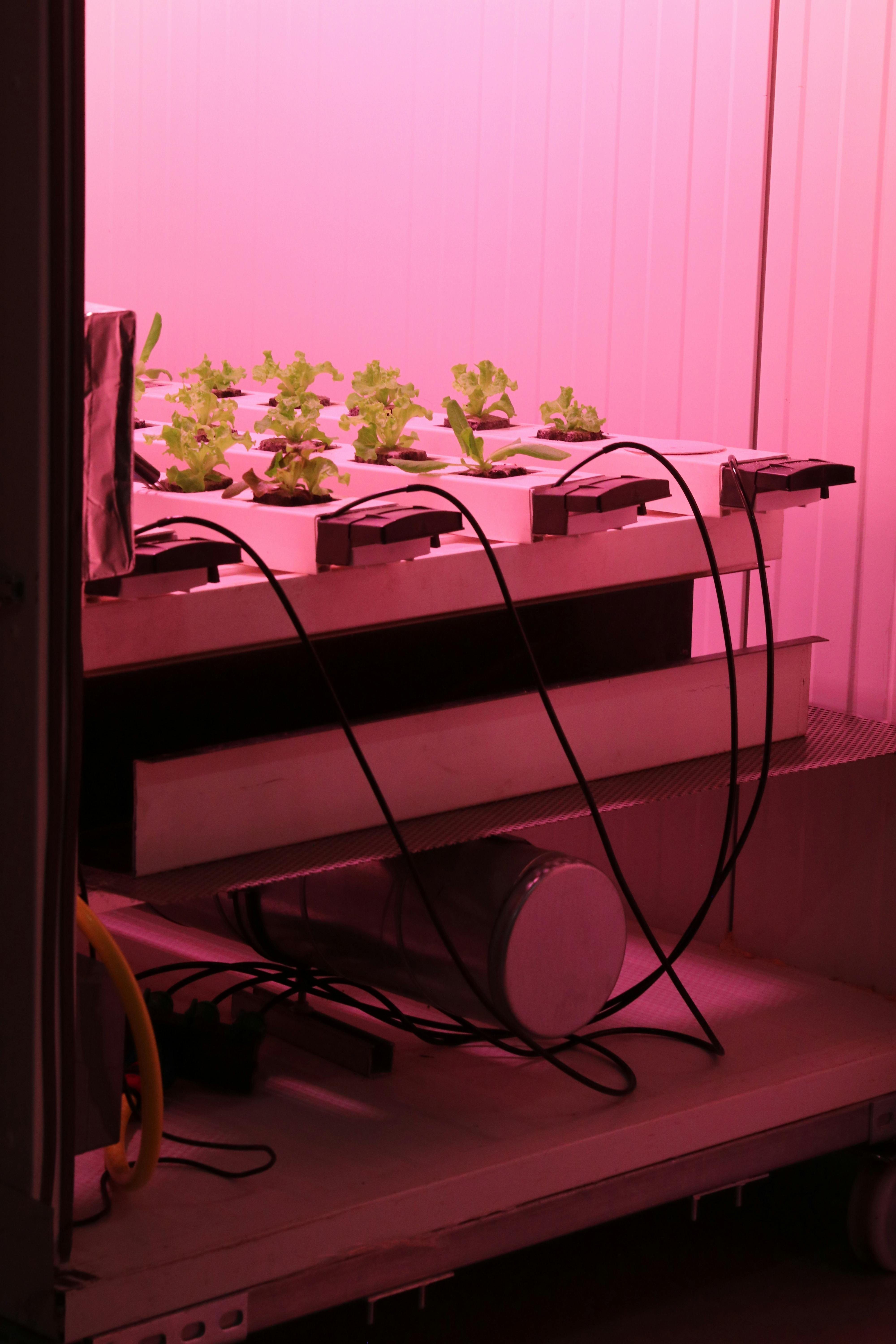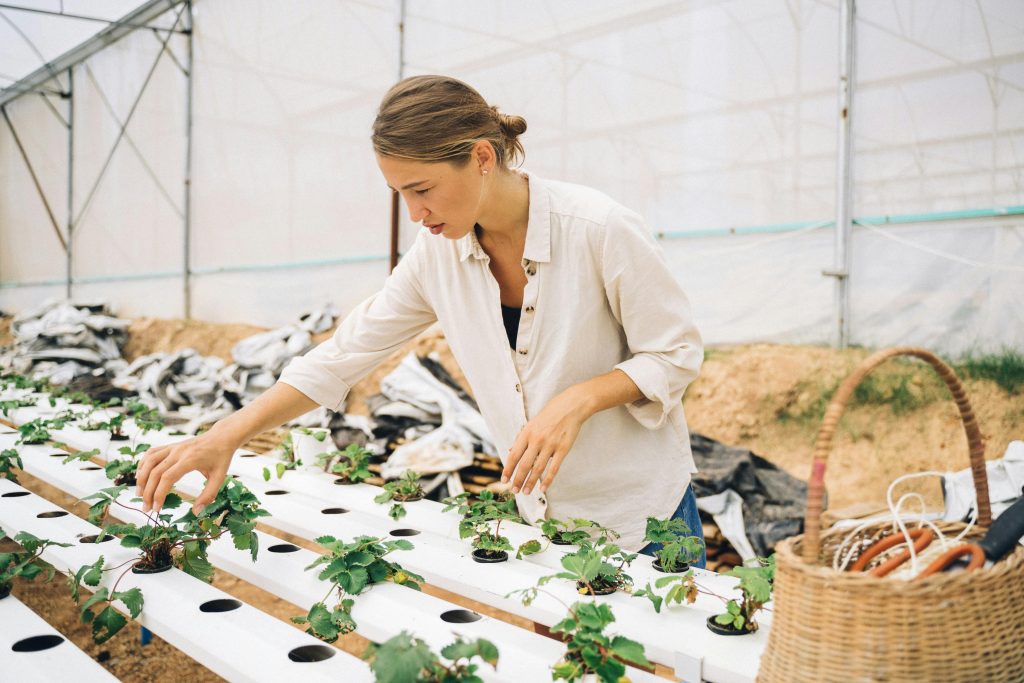
Have you ever wanted to grow your own fresh, healthy produce at home, regardless of the season or space limitations? Hydroponic systems might be the perfect solution for you. In this guide, we will explore how you can maximize your yield with hydroponic growing methods. Let’s dive in and discover the benefits and techniques of hydroponic gardening.
Understanding Hydroponic Systems
Hydroponic systems provide a controlled environment for plants to grow without soil, using a nutrient solution to deliver essential elements directly to the roots. This method allows for faster plant growth and increased yield compared to traditional soil gardening. By understanding the basics of hydroponics, you can set up a successful gardening system at home.
Types of Hydroponic Systems
There are several types of hydroponic systems, each offering unique advantages based on the scale of your garden, level of expertise, and plant types. Some common types include:
- Drip System: Delivers a nutrient solution through a network of tubes and emitters directly to plant roots.
- Ebb and Flow System: Floods the plant root area periodically with a nutrient solution and then drains it back to the reservoir.
- Nutrient Film Technique (NFT): Utilizes a shallow stream of nutrient solution flowing over plant roots in a continuous loop.
- Deep Water Culture (DWC): Immerses plant roots directly in a nutrient solution, ensuring constant access to essential nutrients.
Each system has its own set of requirements and maintenance tasks, so choose one that aligns with your gardening goals and capabilities.
Setting Up Your Hydroponic System
When setting up a hydroponic system, consider factors such as location, lighting, nutrients, and water quality to ensure optimal plant growth. Here are some steps to get started:
- Choose a suitable location with access to natural or artificial light for plants.
- Select the right container or reservoir for holding the nutrient solution.
- Install a reliable water pump and tubing to circulate the nutrient solution.
- Add appropriate growing medium or support structure for plant roots.
- Monitor and adjust pH levels and nutrient concentrations regularly to maintain plant health.
By following these steps and customizing your system based on plant species and space availability, you can create an efficient and productive hydroponic garden at home.

Maximizing Yield with Hydroponic Nutrients
Nutrient management is a crucial aspect of hydroponic gardening, as plants rely on a balanced supply of essential elements for healthy growth and high yields. By understanding the role of nutrients and optimizing their delivery, you can maximize the productivity of your hydroponic system.
Essential Nutrients for Hydroponic Plants
Plants require several essential nutrients for growth, including:
- Nitrogen (N): Essential for leaf and stem growth.
- Phosphorus (P): Promotes root development and flower production.
- Potassium (K): Aids in overall plant health and disease resistance.
- Calcium (Ca) and Magnesium (Mg): Key elements for cell structure and photosynthesis.
- Trace Elements: Copper, Iron, Zinc, and other micronutrients for specific plant functions.
Balancing these nutrients in your hydroponic solution is crucial to prevent deficiencies or toxicities that can hinder plant growth and reduce yield.
Nutrient Solutions for Hydroponic Systems
Prepared nutrient solutions or hydroponic fertilizers are available in various formulations to meet the specific needs of different plant species and growth stages. When selecting a nutrient solution, consider factors such as:
- N-P-K Ratio: The ratio of Nitrogen, Phosphorus, and Potassium in the solution.
- Micro vs. Macro Nutrients: Ensure a balance between trace elements and primary nutrients.
- pH and EC Levels: Check the acidity and electrical conductivity of the solution for optimal nutrient uptake.
Regularly test and adjust your nutrient solution based on plant growth stages and environmental conditions to support healthy growth and maximize yield.

Enhancing Plant Growth with Artificial Lighting
Light is a primary factor influencing plant growth and development in hydroponic systems, especially in indoor or low-light environments. By providing appropriate artificial lighting, you can promote photosynthesis, improve plant health, and increase yield.
Types of Grow Lights for Hydroponics
There are several types of grow lights commonly used in hydroponic gardening, each offering different light spectrums and intensity levels:
- Fluorescent Lights: Cost-effective and suitable for seedlings and leafy greens.
- High-Intensity Discharge (HID) Lights: Provide high-intensity light for flowering and fruiting plants.
- Light-Emitting Diodes (LEDs): Energy-efficient and customizable for various plant growth stages.
Choose the right grow lights based on plant requirements, space limitations, and budget to optimize light exposure and enhance plant growth in your hydroponic system.
Light Schedule and Intensity
Establishing a consistent light schedule and intensity is essential for promoting healthy plant growth and flowering in hydroponic systems. Consider the following tips when using artificial lighting:
- Photoperiod: Ensure plants receive adequate light during the vegetative and flowering stages.
- Light Distance: Adjust the distance between plants and grow lights to prevent light burn or shading.
- Light Spectrum: Provide a balanced spectrum of light to meet different plant needs throughout the growth cycle.
By carefully managing light exposure and intensity, you can create an optimal growing environment for your hydroponic plants and maximize their yield potential.

Managing Pests and Diseases in Hydroponic Gardens
Despite the controlled environment of hydroponic systems, plants are still susceptible to pests and diseases that can affect growth and yield. By implementing proactive measures and monitoring plant health, you can effectively manage pests and diseases in your hydroponic garden.
Preventive Pest Control Strategies
To prevent pest infestations in hydroponic systems, consider employing the following preventive strategies:
- Regular Inspections: Monitor plants for signs of pests, such as yellowing leaves or unusual spots.
- Hygiene Practices: Maintain a clean growing environment to reduce pest attraction and breeding.
- Biological Controls: Introduce beneficial insects or predators to control pest populations naturally.
- Quarantine Procedures: Isolate infected plants to prevent the spread of pests to healthy plants.
By incorporating these preventive measures into your hydroponic gardening routine, you can minimize the risk of pest outbreaks and protect your plants from damage.
Disease Management Techniques
Disease management is essential for maintaining plant health and maximizing yield in hydroponic systems. Consider the following techniques to prevent and control diseases:
- Sanitation Practices: Sterilize equipment and growing media to eliminate disease pathogens.
- Proper Water Management: Avoid overwatering and maintain proper drainage to prevent root rot and fungal infections.
- Resistant Varieties: Select plant varieties with resistance to common diseases in hydroponic environments.
- Nutrient Balancing: Ensure a balanced nutrient solution to support plant immunity and disease resistance.
By implementing these disease management techniques and monitoring plant health regularly, you can safeguard your hydroponic garden from diseases and maintain high crop productivity.

Conclusion
Maximizing yield with hydroponic systems requires a combination of proper nutrient management, lighting optimization, and pest and disease control. By understanding the fundamentals of hydroponics and implementing best practices in plant care, you can cultivate a productive and sustainable garden at home. Experiment with different hydroponic techniques, adapt to plant needs, and enjoy the rewards of fresh, nutritious produce year-round. With dedication and attention to detail, you can harness the full potential of hydroponic gardening and reap the benefits of a bountiful harvest.










